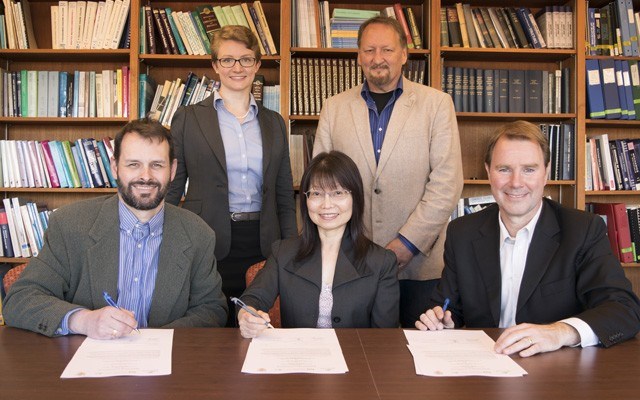The Resort Municipality of Whistler (RMOW) is teaming up with the University of British Columbia (UBC) and engineering firm Kerr Wood Leidal Associates (KWL) to examine corrosion in Whistler's water distribution system.
Corrosion has been a hot topic in the region since March — when the Village of Pemberton (VOP) announced it had found lead in the drinking water of some peoples' homes caused by corrosive water reacting with pipefittings — though this study has been in the works for at least two years, said Mayor Nancy Wilhelm-Morden.
"It's something pervasive enough that we're looking at it, (but) certainly this study is not in any way related to concerns recently from Pemberton," Wilhelm-Morden said.
"We do various testings, so we're in good shape. We know that some of our water has low pH and some of it has alkalinity... that's what the study will look at."
The RMOW tests its water regularly, but not at the taps of homeowners.
Vancouver Coastal Health (VCH) recommends flushing taps until the water runs cold before drinking it to avoid consuming elevated levels of lead or other heavy metals.
"Apparently that's a good idea no matter what, because when the water is sitting there for eight or 10 hours, or five days when you come up on the weekend, there can be stuff in it that's not particularly desirable to consume," Wilhelm-Morden said.
Whistler's distribution system is made up of all sorts of materials — including brass, steel, plastic and copper — and the study will look at how the water supply interacts with those materials.
"What we wanted was an evaluation of how those various materials perform when they're exposed to both 21 Mile Creek, which is where the bulk of our water comes from, and Cheakamus Crossing supply sources as well," the mayor said.
The study got underway July 1 and will be ongoing for the next two years, said UBC Civil Engineering professor Loretta Li.
"What we're proposing to do is carry out a longer-term study," Li said.
"We also will look at different kinds of factors, for example the water temperature, the pH effects, and also stagnant or non stagnant (water sources)."
The findings are expected to enhance the understanding of how internal corrosion impacts municipal water systems — potentially benefiting communities country-wide.
"It hopefully will come up with what we can do to erase or certainly mitigate internal corrosion, because not only does it result in fitting failures, but we lose water, obviously, if things are corroding, and water conservation is becoming increasingly important," Wilhelm-Morden said.
"So there will be some recommendations, I expect, as to what we can do, which will be transferable to other towns."
The effects of corrosive water — pervasive in water systems on the West Coast — have been getting more and more publicity in recent months.
In May, provincial education minister Mike Bernier ordered an annual program for school districts to test drinking water, report results to the ministry and explain what they're doing to fix any problems.
But the Sea to Sky School District has been ahead of the curve — the district has been flushing the taps at all schools daily since news broke about elevated levels of lead found in Pemberton.
"Anywhere where there is a potential to fill a water bottle has been flushed, and we've also put on faucet filters in all the schools," said Ian Currie, director of operations and facilities for the Sea to Sky School District.
Water testing has been done at all schools in the district, with the only pre-flush, elevated lead levels being found in Pemberton, Currie said.
Each school in the district will also be getting at least one filtered bottle-fill station/drinking fountain, he added.
Meanwhile, the VOP is moving forward with soda-ash treatment to correct its own corrosive water issues.
The treatment for the water system is projected to cost about $560,000, which the VOP has committed $425,000 toward with no tax increase. The $45,000 annual cost to operate the new system will be included in water-service budgets.




